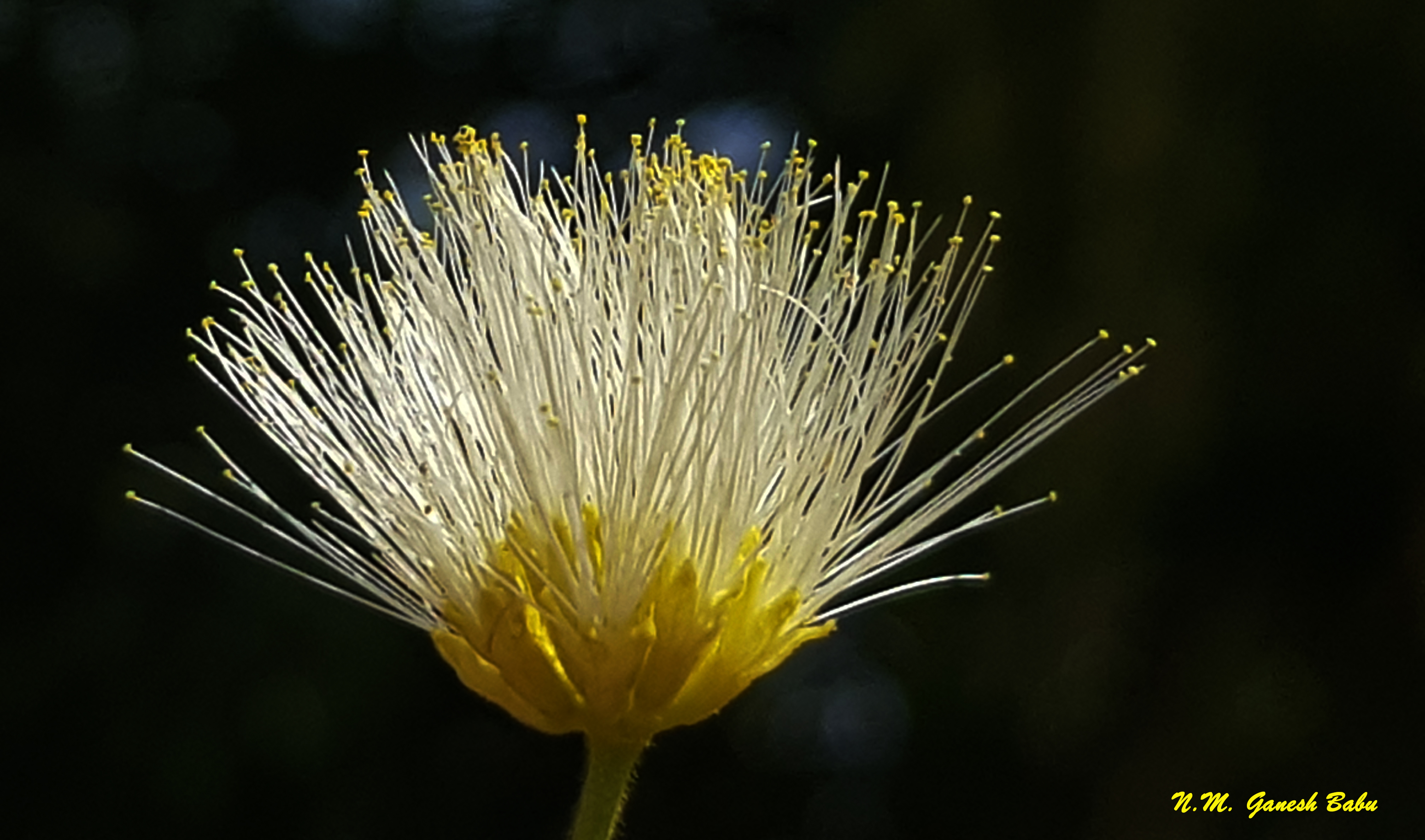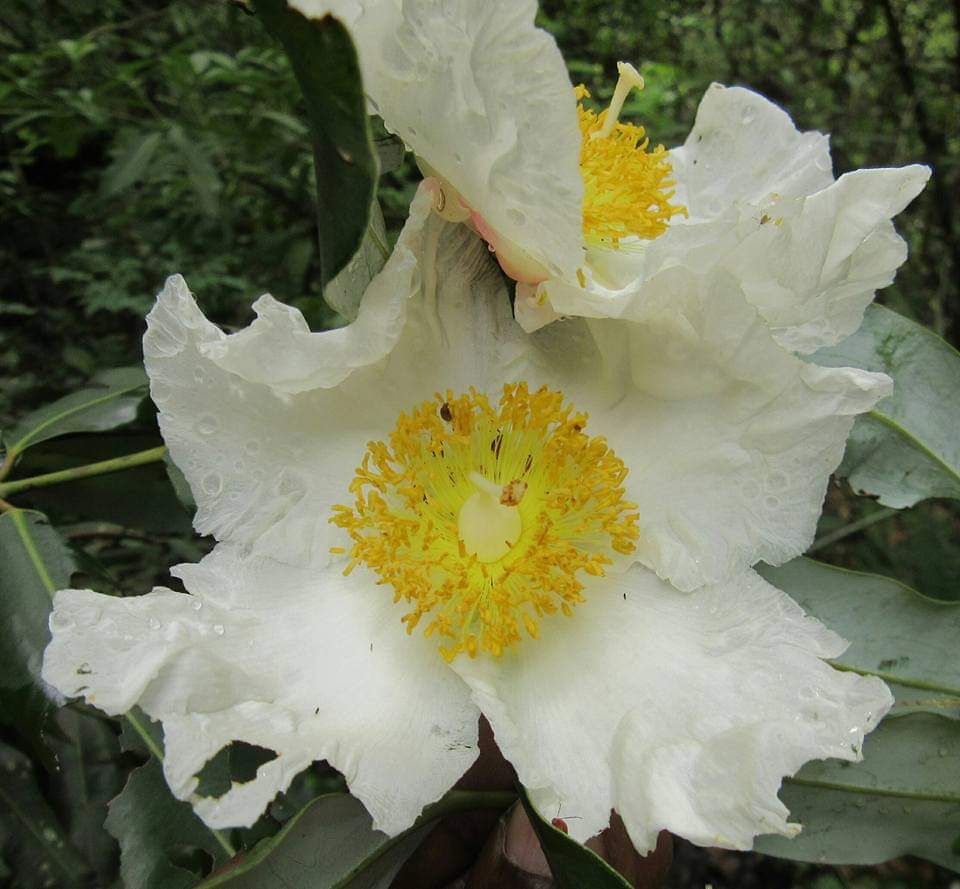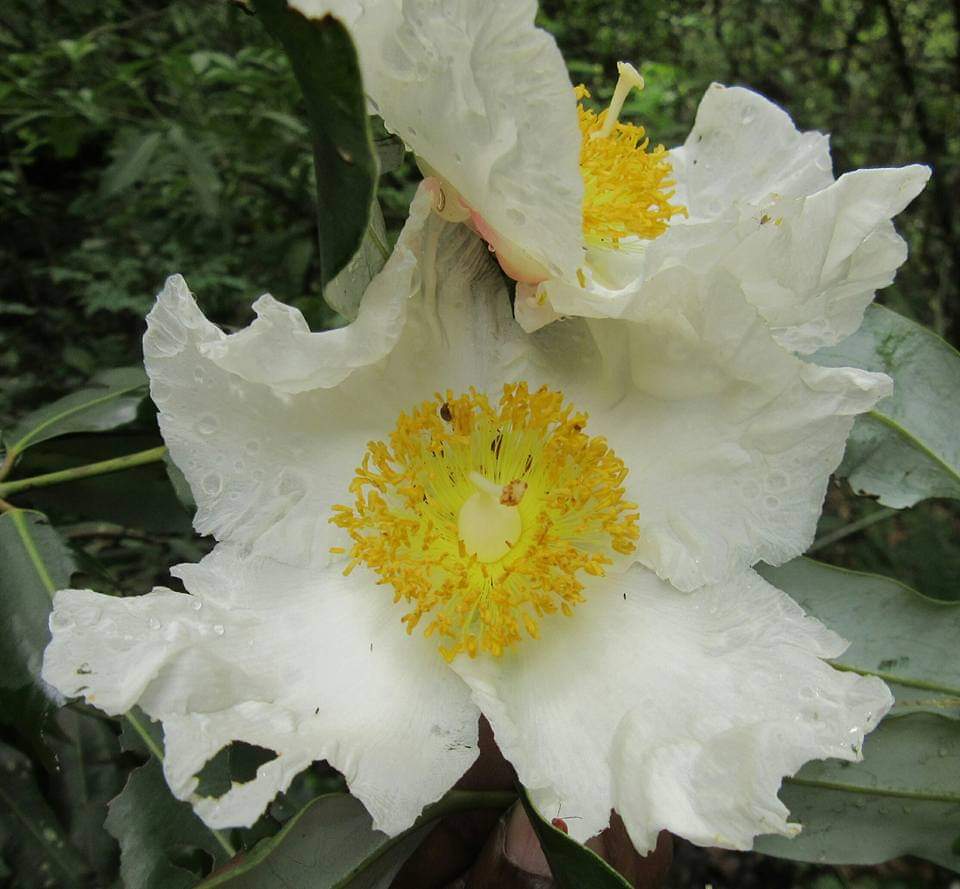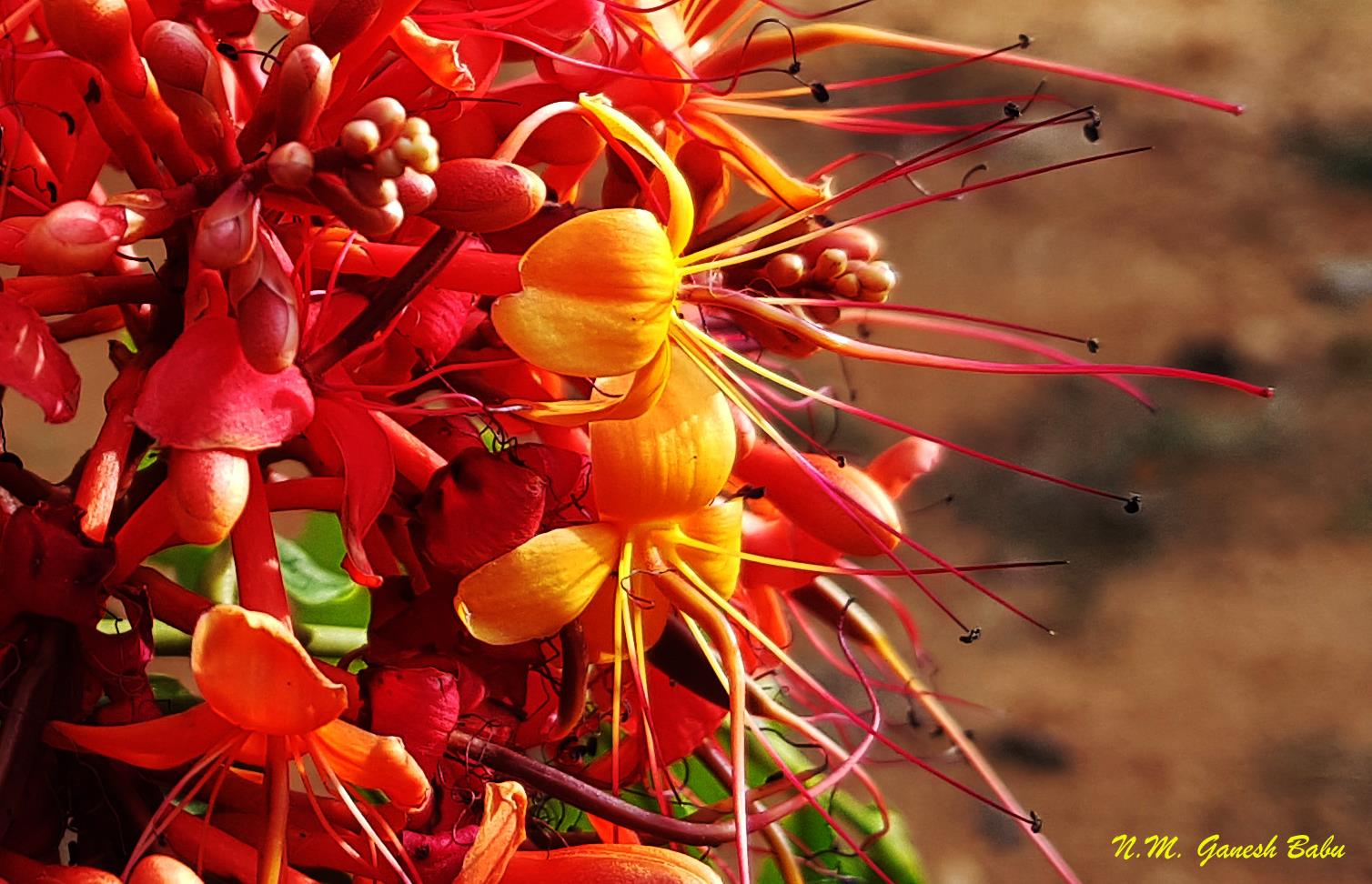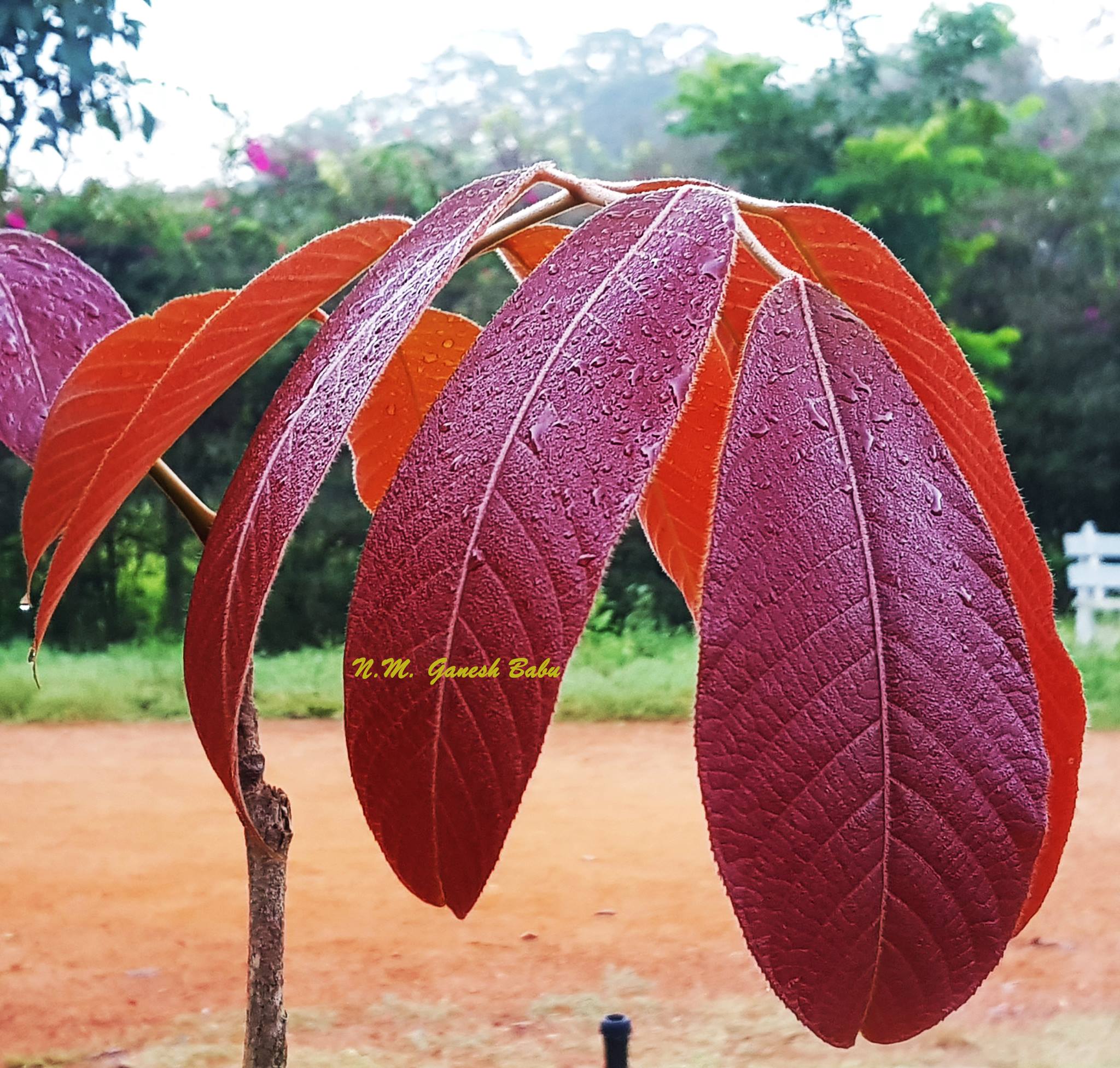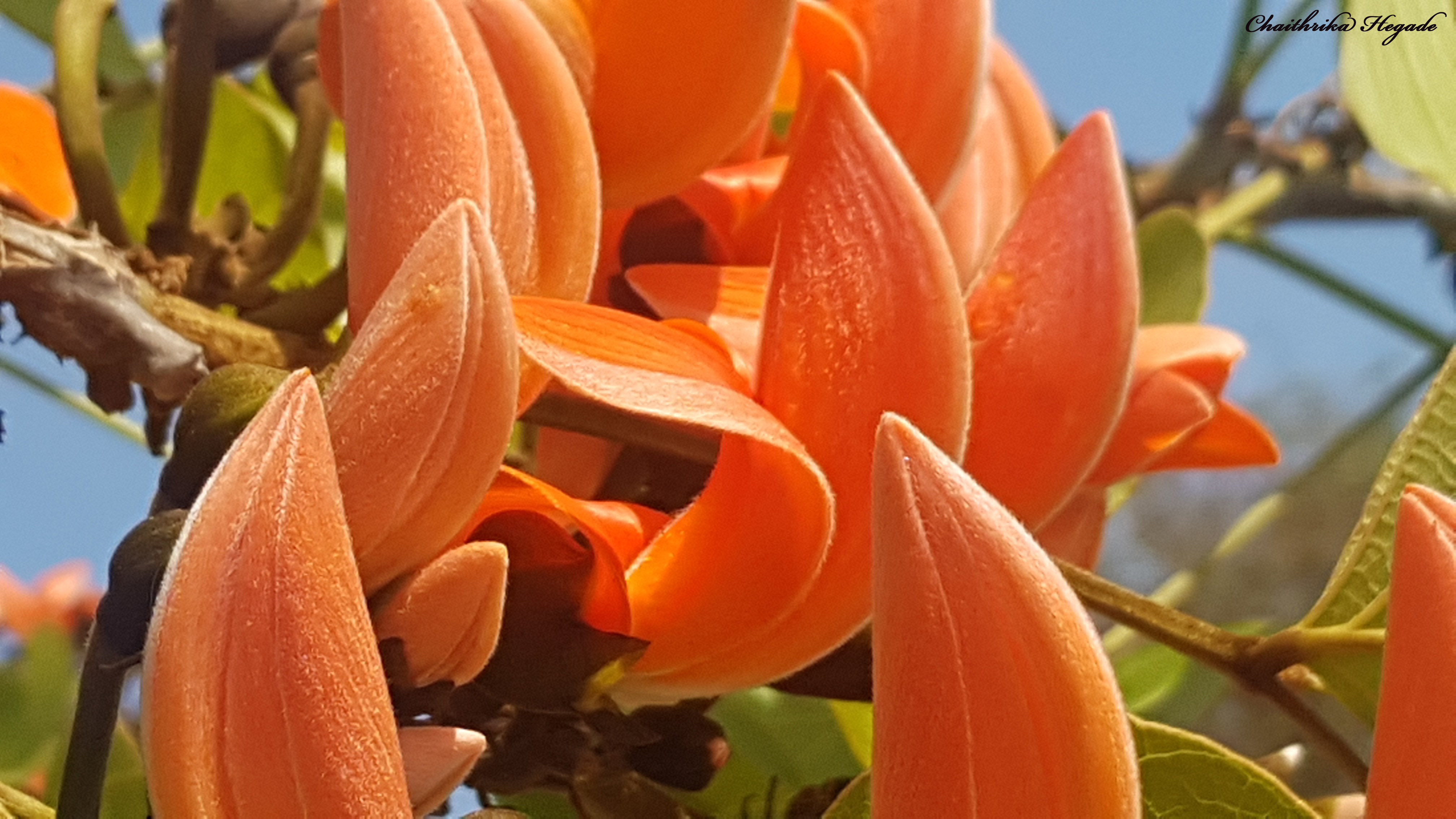

Butea monosperma
Medium sized deciduous tree, with grey colour bark. Leaves are compound, trifoliate(three leaflets). The leaflets are large and rhomboid (diamond shape). Flower blooms during winter once the tree shed the leaves. Flowers are scarlet red in colour. Fruit is a pod around 20 cm long with a single seed. The bright orange –red flowers bloom in large group appears like forest fire from a long distance hence it is known as flame of the forest.
Botanical Name | Butea monosperma |
Family | Fabaceae |
Sanskrit name | Palaasha |
English name | Flame of the forest |
Hindi name | Phalash |
Kannada name | Muttuga |
Habit | Tree |
Habitat | Moist and dry deciduous forests |
Plant Description | Medium sized deciduous tree, with grey colour bark. Leaves are compound, trifoliate(three leaflets). The leaflets are large and rhomboid (diamond shape). Flower blooms during winter once the tree shed the leaves. Flowers are scarlet red in colour. Fruit is a pod around 20 cm long with a single seed. The bright orange –red flowers bloom in large group appears like forest fire from a long distance hence it is known as flame of the forest. |
Distribution | India, Bangladesh, Cambodia, Myanmar, China South-Central, Nepal, Laos, Sri Lanka, China Southeast, Pakistan, and Vietnam. |
Part used | Bark, leaves, flower and seed |
Medicinal uses | Useful in bleeding disorders, skin diseases, worm infestation, gout, wounds, fracture |
Other uses | Leaves are used to prepare plates and cups. Flowers are used as a source of dye and the wood is used as timber. |
Ecological Significance | One of the dominant species of dry deciduous forests of southern India. Attracts butterflies, birds and other insects |
Religious significance | Used to perform the rituals like yagna |
Propagation through | Seeds |


